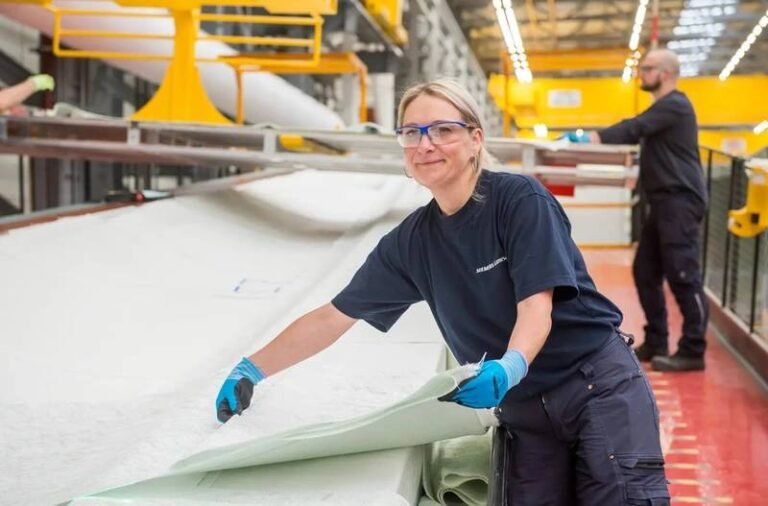The Growing Workforce in the UK Offshore Wind Industry
RenewableUK and the Offshore Wind Industry Council (OWIC) have recently published a report showcasing the significant growth in the number of individuals employed in the offshore wind sector in the UK. The report reveals that the workforce has expanded from just over 32,000 two years ago to nearly 40,000 today, marking a substantial 24% increase.
The Wind Industry Skills Intelligence Report 2025 also highlights that the onshore wind industry in the UK currently employs over 15,000 individuals, bringing the total wind industry workforce in the UK to more than 55,000.
Future Job Projections
The report delves into future job projections by analyzing various deployment scenarios for offshore wind by 2030, with installed capacities ranging from 39 GW to 52 GW. Additionally, it outlines a scenario for onshore wind aiming for 27 GW by 2030, aligning with the government’s clean energy targets.
Based on these projections, it is estimated that between 74,000 and 95,000 new jobs will be required to support the accelerated expansion of offshore wind by the end of the decade, with onshore wind jobs expected to exceed 17,500. This could potentially elevate the total UK wind industry workforce to over 112,000 by 2030, with a concentration of new jobs in Scotland, the east of England, and Yorkshire and the Humber.
Addressing Skills Gaps
To ensure that the growing demand for skilled workers can be met, the report suggests the development of a national workforce strategy. This strategy should involve the establishment of regional training hubs in coastal communities across the UK, focusing on training and upskilling programs, including fast-track options for newcomers and individuals transitioning from other sectors.
Moreover, the report advocates for the creation of a central workforce data observatory to monitor labor supply, demand, and skills gaps. Collaboration between industry and educational institutions is also encouraged to offer apprenticeships and internships.
Opportunities for Diverse Workforce
The study identifies specific job roles within the wind industry where skills shortages need to be addressed, such as high voltage cable specialists, wind turbine technicians, environmental advisers, and more. It also highlights opportunities for individuals with relevant experience in sectors like oil and gas or former military personnel to retrain for roles in renewables.
Furthermore, the report stresses the importance of aligning STEM education at different academic levels with the needs of the wind industry to cultivate a skilled workforce. Efforts to increase female representation in the industry are also emphasized, with a target of 33% of women in the offshore wind sector by 2030.
Fostering Talent for the Future
As the average age of individuals working in the wind industry is under 40, there is a clear trend of younger generations opting for careers in renewables. To sustain this growth, it is crucial to recruit and train a diverse workforce capable of taking on new roles in the sector.
RenewableUK’s Deputy Chief Executive, Jane Cooper, emphasizes the need for industry and government collaboration to address the looming skills gap and ensure a clear career pathway for individuals looking to enter the renewable energy sector. By nurturing both experienced professionals and aspiring talent, the UK can continue to build a sustainable and thriving workforce in the wind industry.

